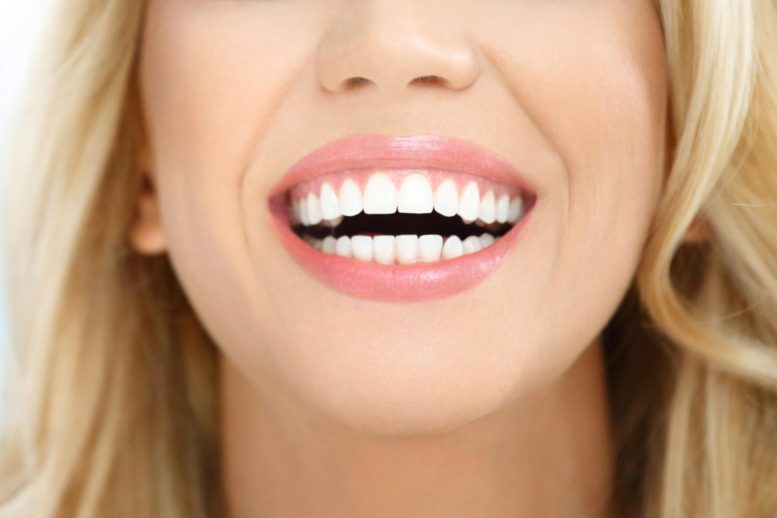
Scientists at King’s College have achieved a breakthrough in their study of bioengineering teeth to replace missing teeth. By combining cells isolated from adult human gingival tissue with mouse embryonic tooth mesenchyme cells, the scientists were able to produce bioengineered teeth with dentine, enamel, and viable roots.
In a new study, scientists at King’s College were able to produce bioengineered teeth containing dentine, enamel and viable roots by using cells isolated from adult human gingival tissue combined with mouse embryonic tooth mesenchyme cells.
New research published in the Journal of Dental Research describes an advance in efforts to develop a method to replace missing teeth with new bioengineered teeth generated from a person’s own gum cells. The research is led by Professor Paul Sharpe, an expert in craniofacial development and stem cell biology at King’s College London’s Dental Institute, and was funded by the National Institute for Health Research (NIHR) Biomedical Research Center at Guy’s and St Thomas’ NHS Foundation Trust and King’s College London, UK.
Current implant-based methods of whole tooth replacement fail to reproduce a natural root structure and as a consequence of the friction from eating and other jaw movement, loss of jaw bone can occur around the implant.
Research towards achieving the aim of producing bioengineered teeth (bioteeth) has largely focused on the generation of immature teeth (teeth primordia) that mimic those in the embryo that can be transplanted as small cell ‘pellets’ into the adult jaw to develop into functional teeth. Remarkably, despite the very different environments, embryonic teeth primordia can develop normally in the adult mouth and thus if suitable cells can be identified that can be combined in such a way to produce an immature tooth, there is a realistic prospect bioteeth can become a clinical reality. Subsequent studies have largely focused on the use of embryonic cells and although it is clear that embryonic tooth primordia cells can readily form immature teeth following dissociation into single cell populations and subsequent recombination, such cell sources are impractical to use in a general therapy.
Professor Sharpe said: ‘What is required is the identification of adult sources of human epithelial and mesenchymal cells that can be obtained in sufficient numbers to make biotooth formation a viable alternative to dental implants.’
In this new work, the researchers isolated adult human gum (gingival) tissue from patients at the Dental Institute at King’s College London, grew more of it in the lab, and then combined it with the cells of mice that form teeth (mesenchyme cells). By transplanting this combination of cells into mice the researchers were able to grow hybrid human/mouse teeth containing dentine and enamel, as well as viable roots.
Professor Sharpe concluded: ‘Epithelial cells derived from adult human gum tissue are capable of responding to tooth-inducing signals from embryonic tooth mesenchyme in an appropriate way to contribute to tooth crown and root formation and give rise to relevant differentiated cell types, following in vitro culture. These easily accessible epithelial cells are thus a realistic source for consideration in human biotooth formation. The next major challenge is to identify a way to culture adult human mesenchymal cells to be tooth-inducing, as at the moment we can only make embryonic mesenchymal cells do this.’
Reference: “Adult Human Gingival Epithelial Cells as a Source for Whole-tooth Bioengineering” by A. Angelova Volponi, M. Kawasaki and P.T. Sharpe, 4 March 2013, Journal of Dental Research.
DOI: 10.1177/0022034513481041









Tooth is the modification of cartilage bones which are solidified with their collagen . For a baby every bone is cartilageneous at birth including its scalp bone. the mesenchymal cells of the jaw cartilage throws out the milk teeth first and then the hard teeth follows with hardening.As far as Pinna (Ear)is concerned the cartilage never forms a bone with marrow. These collagens are responsible for spikes in Dinosaurs and other animals. They are also responsible for nails and claws. If bioteeth can become a chemical reality it will be useful for the mankind for ever indeed. Thank You.
Now… If they could regrow the bone that those teeth would be formed around you could get your youthful teenage teeth back. I would like to see stem cell research done on the parts that wear out as you age.. How about knees, shoulders etc..